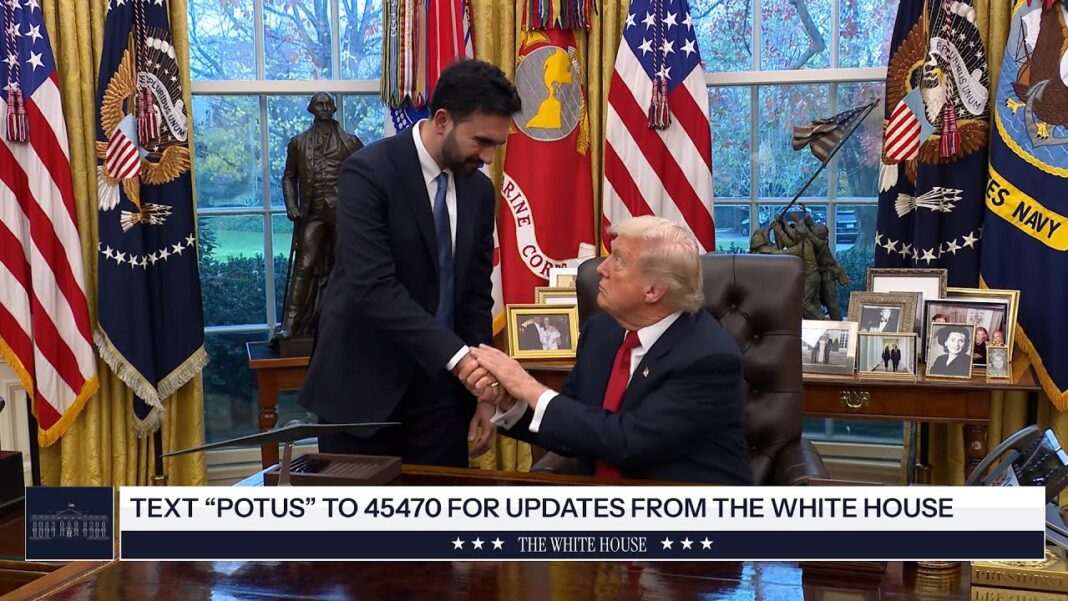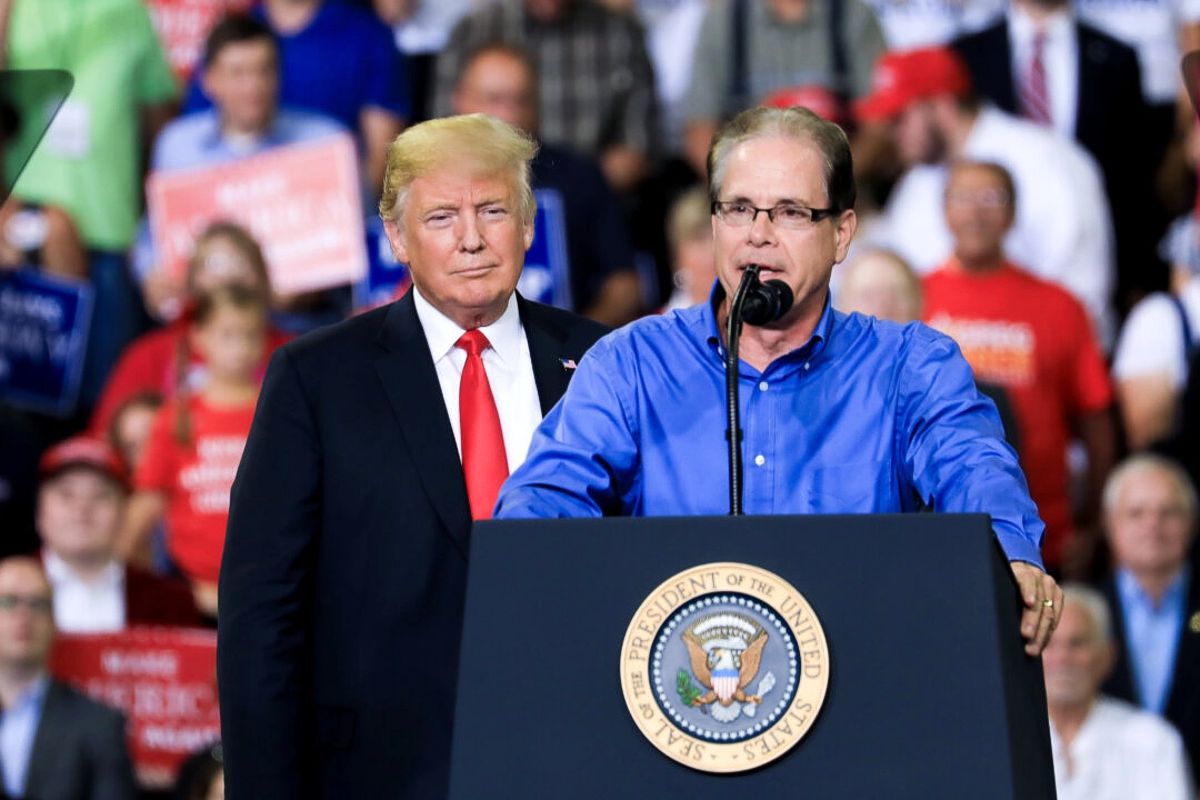‘I’d love to get the guy currently in there out right now, but people are holding me back,’ President Donald Trump told reporters.
President Donald Trump said on Nov. 18 that he may have already selected his pick to replace Federal Reserve Chair Jerome Powell.
“I think I already know my choice,” Trump told reporters during a bilateral meeting in the Oval Office Tuesday with Saudi Arabia’s Crown Prince and Prime Minister Mohammed bin Salman Al Saud. “We have some surprising names, and we have some standard names that everybody’s talking about. And we may go the standard way. It’s nice to, every once in a while, go politically correct.”
Treasury Secretary Scott Bessent had previously stated that the administration had narrowed its search to five candidates to replace Powell when his term at the U.S. central bank ends in May.
The final five include National Economic Council Director Kevin Hassett, BlackRock executive Rick Rieder, former Fed Governor Kevin Warsh, and Fed Board members Michelle Bowman and Christopher Waller.
Predictive markets indicated on Nov. 18 that Hassett is the odds-on favorite, with a 49 percent chance of becoming the next head of the Federal Reserve. This is followed by Waller (21 percent), Rieder (12 percent), Warsh (11 percent), and Bowman (2 percent).
Trump reiterated that he would have preferred Bessent to helm the Fed, but the senior administration official noted he preferred working at the Treasury Department.
Trump also took shots at Powell again, lambasting him for not lowering interest rates sooner.
“I’d love to get the guy currently in there out right now, but people are holding me back,” the president said. “He’s done a terrible job.”
The administration has repeatedly criticized Powell and his colleagues for not cutting interest rates earlier this year. White House officials—and Stephen Miran, a member of the Federal Reserve Board of Governors—have also suggested that the institution needs to lower rates much more quickly than monetary policymakers have been doing over the past couple of meetings.
By Andrew Moran







